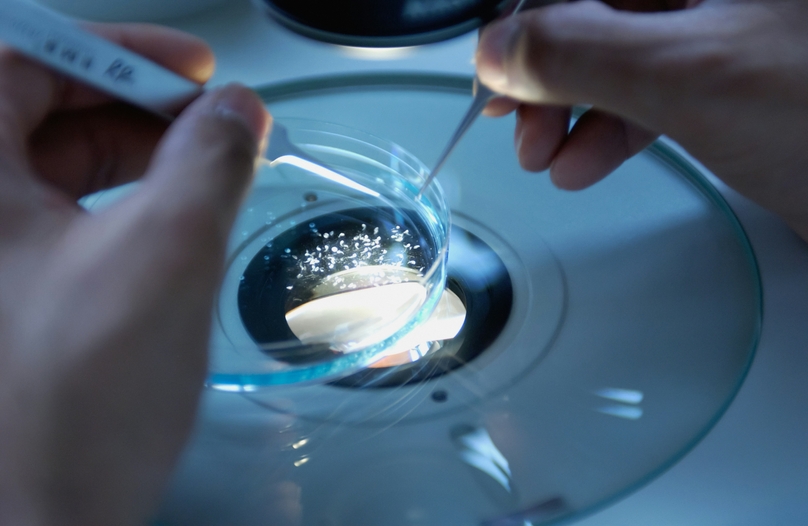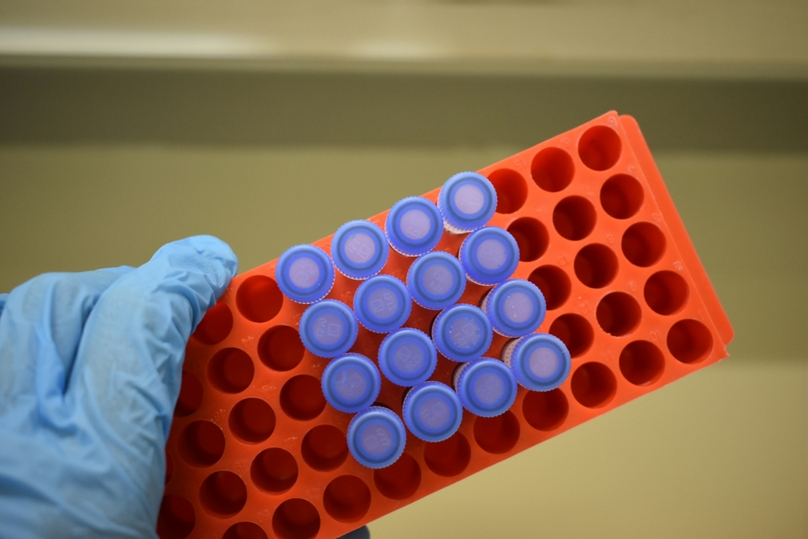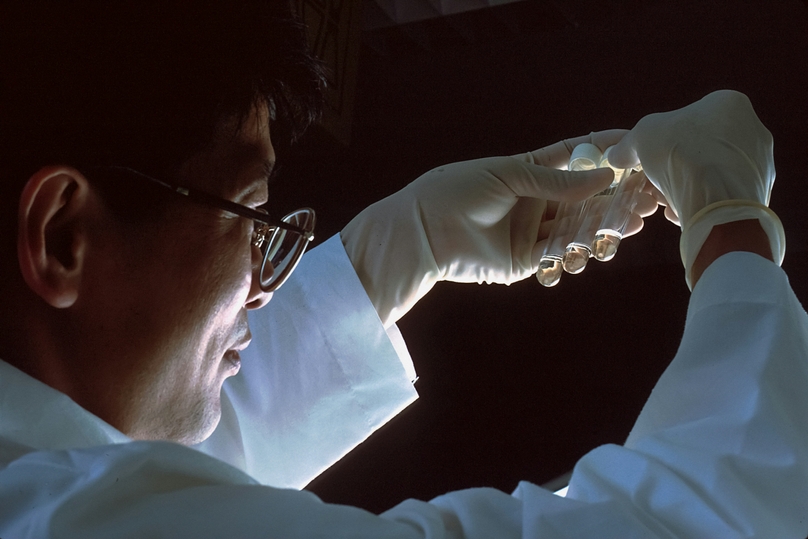Understanding the status of a gene knockout is crucial for various scientific and medical applications. It's like reading a book and determining if a chapter needs to be added. Determining the status ensures that the gene of interest has been effectively removed or replaced, thereby guaranteeing the reliability of research outcomes.
Examine the Documentation
Documentation serves as the roadmap to any scientific experiment or process. Regarding gene knockout, the accompanying documentation often provides insights into the methods used and the results obtained. Going through this record is a lot like checking the table of contents of a book. It helps in verifying whether the intended gene was indeed targeted for knockout. The documentation will typically include details of the techniques used, the sequences targeted, and any observations made during the process. It's important to read this carefully, as it provides a foundational understanding of the gene knockout status, paving the way for subsequent verification methods.
Look for Evidence of an Antibiotic Resistance Gene Cassette
Another clear sign of a successful gene knockout is the presence of an antibiotic resistance gene cassette. Think of this as a bookmark in our book analogy. This cassette is often inserted into the organism's DNA, where the gene has been knocked out. Why? Because it serves a dual purpose. Firstly, it replaces the knocked-out gene, ensuring there's no void left behind. And secondly, it provides a means to verify the knockout.
When organisms with a successful gene knockout are exposed to a specific antibiotic, only those with the resistance gene survive. This is a clear indication that the knockout process was successful. By observing which organisms thrive in the presence of the antibiotic and which don't, researchers can confidently confirm that the intended gene has been effectively knocked out.
Locate the Antibiotic Resistance Cassette and Compare It to Known Sequences
Discovering the antibiotic-resistance cassette in an organism is like finding a unique marker in a manuscript. Once this marker is located, it's essential to ensure it's the right one. The best way to verify this is by comparing it to known sequences. Known sequences are like reference books that have been studied and documented by experts over time.
By extracting the DNA sequence of the antibiotic-resistance cassette from the organism and comparing it to these well-documented sequences, researchers can confirm its authenticity. If the sequences match or are closely similar, it indicates that the right cassette was used during the gene knockout process. It's akin to matching a quote from a book with its original source, ensuring the information is accurate and reliable.
Compare the Entire Knockout Sequence to the Published Sequence
Finally, to get a comprehensive understanding of the gene knockout's status, it's pivotal to look at the bigger picture. This involves comparing the entire knockout sequence of the organism to a published sequence. Think of this as comparing an entire book to its official published version.
Published sequences serve as the gold standard in genetic research. They have been rigorously studied, verified, and accepted by the scientific community. By aligning the knockout sequence with this benchmark, researchers can identify any discrepancies, modifications, or changes. This comprehensive comparison ensures that not only has the target gene been knocked out but also that no unintended changes have been introduced elsewhere in the genome. It's a thorough validation process that underscores the precision and reliability of the gene knockout endeavor.
Unlocking Precision in Gene Research with Advanced Tools
In gene research, ensuring the accuracy of gene knockouts is paramount. This accuracy is significantly enhanced when using the best molecular biology software. Platforms such as Genemod's Primer Design refine the precision of gene studies, allowing for meticulous verification of knocked-out sequences. Moreover, as research evolves, the need for efficiency becomes increasingly evident. Here, the integration of a lab automation system and software becomes invaluable. Tools like Genemod's Laboratory Automation Systems not only streamline repetitive tasks but also guarantee consistent and accurate outcomes, especially in large-scale gene knockout projects. By marrying precision with automation, modern molecular biology is heading into an era of unparalleled accuracy and efficiency, all thanks to cutting-edge software and systems.


















